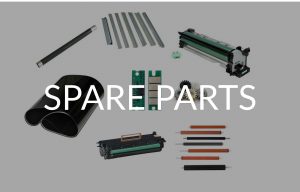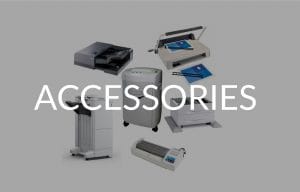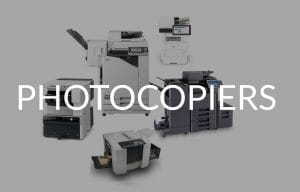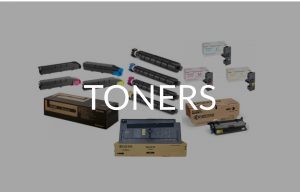Introduction
Document lamination is an effective way to protect important papers from damage and extend their lifespan. Whether you want to preserve certificates, identification cards, or important business documents, lamination provides a durable and professional-looking finish.
In this article, we will delve into the various types of document lamination techniques available, ensuring you have the knowledge to choose the most suitable option for your needs.
- Glossy Lamination: Glossy lamination is the most common type and provides a shiny finish that enhances colors and contrasts on the laminated document. It offers a sleek and professional appearance, making it ideal for marketing materials, posters, and photographs.
- Matte Lamination: For those seeking a more subtle and refined look, matte lamination is an excellent choice. It creates a non-reflective surface, reducing glare and fingerprints. This type of lamination is often preferred for documents such as menus, brochures, and presentations, where readability is crucial.
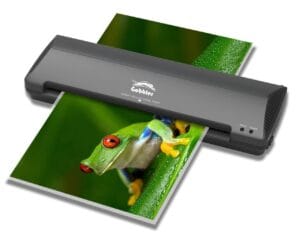
3. UV Resistant Lamination: When documents are exposed to sunlight or other UV sources, they can fade and deteriorate over time. UV resistant lamination provides an additional layer of protection, blocking harmful ultraviolet rays and preserving the document’s integrity. It is particularly beneficial for outdoor signs, displays, and any documents that will be frequently exposed to sunlight.
4. Anti-Glare Lamination: Anti-glare lamination reduces the reflection and glare caused by light sources, making the document easier to read in various lighting conditions. This type of lamination is ideal for documents that will be viewed under bright lights or in environments with high levels of ambient light, such as trade show displays and informational signage.
5. Adhesive Backed Lamination: Adhesive-backed lamination combines the protective benefits of lamination with the convenience of a self-adhesive backing. This allows for easy application onto surfaces such as walls, windows, or other flat surfaces. It is commonly used for creating removable signs, decals, and labels.
6. Heat-Activated Lamination: Heat-activated lamination, also known as thermal lamination, involves the use of heat to bond the laminate to the document. This method provides a strong and durable seal, ensuring long-term protection. It is commonly used for high-volume lamination projects and is compatible with most types of documents.
Conclusion
Choosing the right type of document lamination is essential to protect your important papers and enhance their visual appeal. Glossy, matte, UV resistant, anti-glare, adhesive-backed, and heat-activated laminations offer different features and advantages. Consider the specific requirements of your documents and their intended use to make an informed decision.
For professional and reliable document lamination services, you can trust Comprehensive Technical Providers (CTP-Kenya) to deliver exceptional results. Preserve your valuable documents with the right lamination technique and enjoy long-lasting protection and visual enhancement.
- Reliable Printing Services in Kenya: Why CTP-Kenya is Your Best Bet
- Document Scanning Services: Cost Per Page. Nairobi, Kenya
- Printing Papers In Kenya: Wholesale & Retail
- Top-rated Photocopying Services in Kenya: Why Choose CTP-Kenya?
- High-Volume Scanning Services: A Smarter Way to Manage Your Physical Documents
- High-Volume Scanning Services in Kenya: Streamlining Your Business Processes
- Printing and scanning services for students in Kenya: Discover Convenience & Reliability
- Document Lamination Services Near Me
- High Volume Photocopying Services in Kenya: Meeting the Needs of Businesses and Organizations
- Legal & Confidential Document Photocopying Services: Nairobi, Kenya

